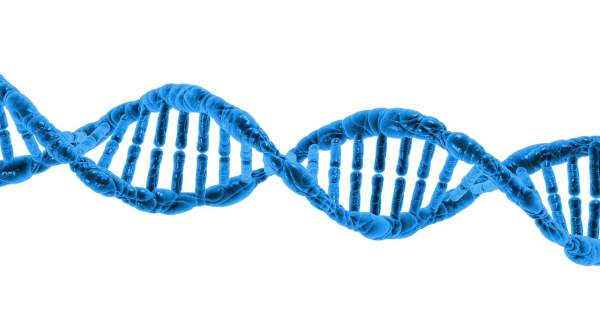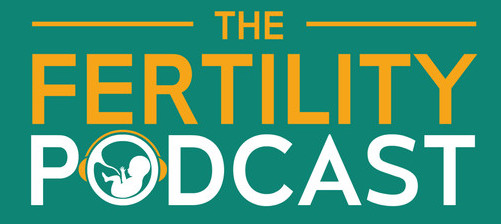What is Preimplantation Genetic Screening (PGS)?
Each individual has 46 chromosomes (23 pairs). The chromosomal pair is numbered 1-22 and the final two are the sex chromosomes X & Y. A normal female has two X chromosomes and a male an X and a Y chromosome. Therefore, each embryo inherits one copy of chromosomes from the egg and one pair from the sperm.
We cannot test the male and female partner and have a definite answer regarding the chromosomal abnormalities of a potential embryo as many aneuploidies (abnormalities) occur during the fertilization process and hence why it is essential to test the embryo itself.
Conventional IVF/ICSI offers limited success, as an aneuploidy embryo that may have a normal morphological development in the embryological lab may not implant or even if it does implant may lead to an early miscarriage. Aneuploidy rates increase with the maternal age. Studies have displayed that in women less than 35 years old have aneuploidy rates of about 35 % but in ages over 42 these can rise up to 85%.
Preimplantation genetic screening (PGS) is a procedure performed on embryos created in the lab either on day 3 or day 5 of their development. It is used to determine the chromosomal status of an embryo by screening all 23 pairs of chromosomes.
How does PGS Work?
Following the egg collection and the fertilisation of the eggs, the embryos are cultured up to either day 3 or day 5 where a biopsy is performed. Using special lasers to create a hole in the zona surrounding the embryo, the biopsy pipettes extract 1-2 cells (if on day 3) or a large number of cells (if at day 5-the blastocyst stage). The cells retrieved are then genetically analysed and then only euploid (i.e. normal) embryos are chosen for an embryo transfer.
Who might benefit from PGS and in what cases is it used by IVF clinics?
- Cases of repeated unexplained implantation failure ( >3 attempts)
- To reduce recurrent miscarriage rates
- In advanced reproductive ages
- To select embryos that are normal chromosomally
- Reduce the amount of time and additional costs inferred with multiple IVF cycles
- To increase the likelihood of a pregnancy with elective single embryo transfers (eSET)
However, the PGS techniques that existed up until the recent years could not be utilized in all cases, as many studies showed that they did not increase implantation rates but did increase costs greatly.
Recent technologies, such as Next Generation Sequencing allow us to sequence DNA and RNA much more quickly and cheaply than the previously used techniques, and as such have revolutionised the study of genomics and molecular biology. In the USA, many clinics have started to utilize this technique in all cases in order to try and provide the optimum results and minimize the number of embryos being transferred. Further studies are needed to prove this theory.
At Newlife IVF Greece we have a genetic team dedicated to assist you and see if PGS can be used in combination with your IVF treatment to improve your outcome.
By Chrysa Karakosta, Lab Director, International Patient Manager




